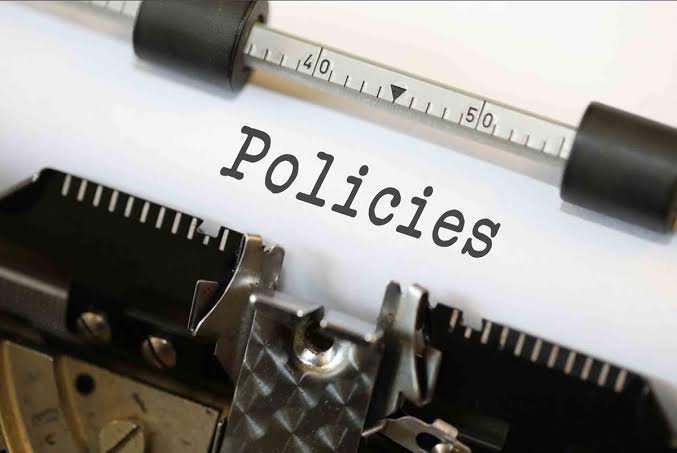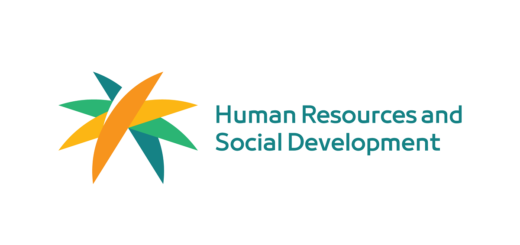policy making process for human resources
policy making process

Policies are permanent and long term, hence there is a need that policies should be decided very thoughtfully and after brainstorming. The process of brainstorming is a continuous process. Even after the policy is decided, the process of changes and amendments in the policies continues on the basis of experience, complaints and suggestions. Thus flexibility in policies An attempt is made to bring them in line with the present times. The various stages of the policy making process described below make all these things more clear:
1. Initiation of policy- The process of initiation can be done by the management, employees or labor organization. The civil service department works like the brain of the company in policy formulation. The awareness of the department lies in the awareness of the need for policies even before the need arises.Draw the attention of top management officers towards this and start active discussion on this issue.
2. Discovery of facts – The task of discovery of facts can be entrusted to expert consultants or civil servants. This type of research is done inside and outside the company with the help of interviews and conferences. In-depth study of available literature and policies and practices of other companies for this work.It is necessary to do. Suggestions from all individuals and sections working in the company should be welcomed.
3. Recommending the policy of the higher management – After investigating the facts, the senior management department makes recommendations regarding the proposed policy of the higher management. The purpose of this recommendation is to earn the confidence of the top management and approve the policy.
4. Writing the policy- policiesWriting is a very difficult task. Finding shortcomings in written policies, interpreting them in different ways, pulling support for their respective sides through different opinions and interests, are some of the common things that every written policy and manifesto has to face. . But this does not mean that policies should not be written down. Writing brings clarity and solidity. As well asThe writing of policies is a clear proof that the top management is faithful and committed to the policies.
5. Clarification and discussion of the proposed policy – The process of discussion and consultation on policies starts even before they are written down. Policies are vague before they are written down. When policies are written down, their clear form becomes visible to everyone. So thisCritical analysis of the situation is necessary as well as proves useful to a great extent. If policies are accepted and put into practice without prior discussion, then the subsequent discussions and deliberations will be of destructive nature. The purpose of analysis is to find out that-
(a) Whether the policies are clear or not,
(b) whether the policies are acceptable or not, and
(c) policies and practices, programs, actionsWhether there is uniformity in the laws, principles and rules etc. or not.
6. Adoption of the policy: It is the responsibility and responsibility of the management to adopt the acceptable policy that emerges from adequate discussion and analysis of the proposed written policy.
7. Releasing the policy- After adopting the policy by the top management, it is necessary to release it in the right manner at the right time. each of the organizationIt is important for the employees to know about the policies set by the management not only for achieving the set objectives but also for their correct implementation and resolution of various doubts. Therefore, the service department should adopt such a system.


